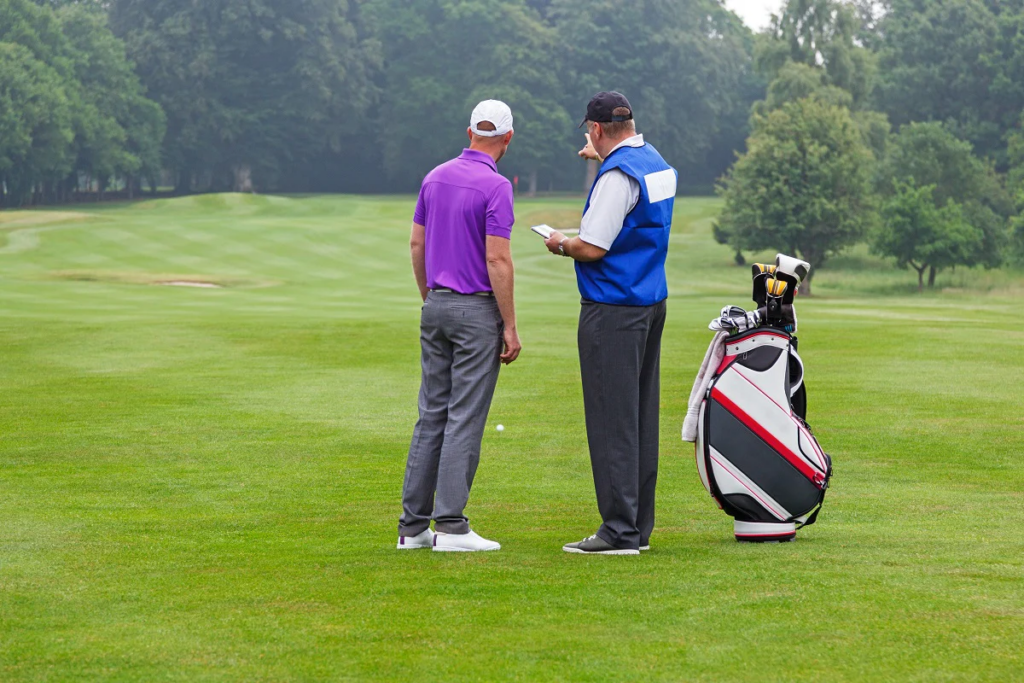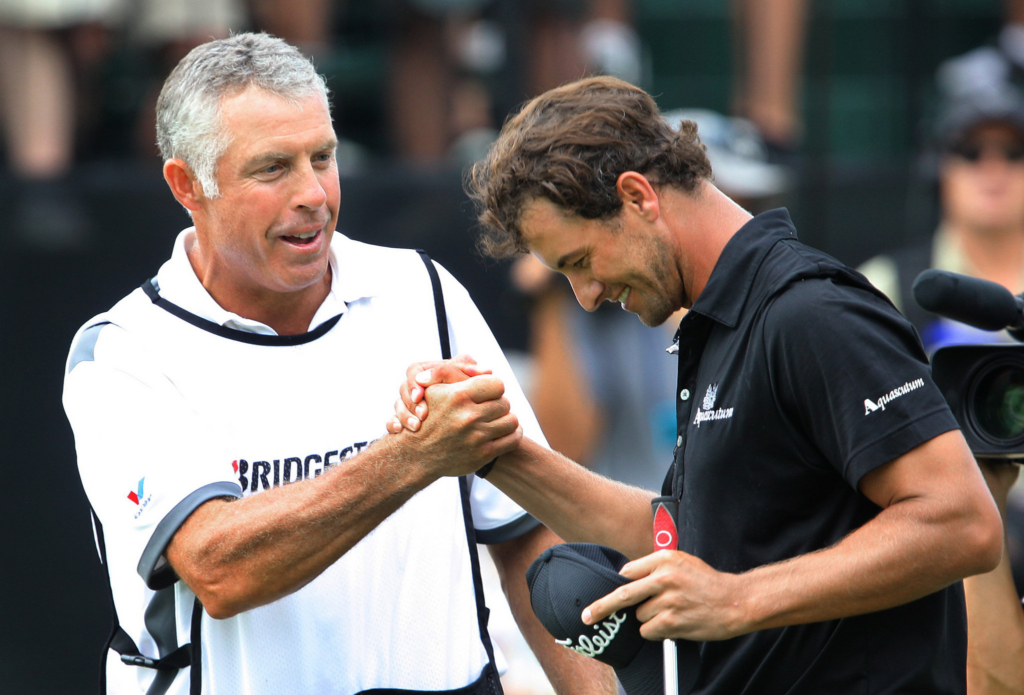Golf is a game steeped in tradition and precision, where every swing and putt can make a difference. It’s also a sport where players rarely compete alone. Alongside each golfer often stands a less celebrated yet vital figure: the caddie. Far from just bag carriers, caddies play a crucial role in the success of their players. This post explores the multifaceted roles of caddies, traces their history, discusses their significance in major golf tournaments like those organized by the PGA and LPGA, and highlights some famous caddies who have left an indelible mark on the game.

A Brief History of Golf Caddies
The term “caddie” originates from the French word ‘cadet’, which refers to the younger sons of noble families who carried military officers’ gear during the 17th century. The concept transitioned to golf, where caddies began shouldering players’ clubs. The first recorded instances of caddies in golf come from 17th-century Scotland, at the birthplace of golf, where young boys from local families would carry equipment for players, helping them navigate the links of St. Andrews and other early golf courses.
As golf evolved, so did the role of the caddie. By the 19th and early 20th centuries, professional golfers like Old Tom Morris were often accompanied by caddies who not only carried clubs but began to offer advice on course strategy and club selection. This period solidified the caddie’s role as part coach, part confidant, and part equipment manager.
The Role of Caddies : An In-Depth Look
In modern golf, the caddie’s role extends far beyond merely carrying the player’s bag. A caddie’s duties are multifaceted, encompassing technical assistance, strategic planning, psychological support, and even administrative tasks during a round. Here’s a deeper look into these critical roles that caddies play today:
- Technical Assistance and Club Selection:
Caddies possess extensive knowledge about golf equipment and conditions on the course. They help select the right club based on various factors including distance to the hole, wind speed and direction, and obstacles like bunkers or water hazards. This decision-making process is critical, especially in professional tournaments where the right club choice can influence the game’s outcome significantly. - Course Strategy and Navigation:
Before a tournament begins, caddies often scout the course to gather detailed information about its layout. This includes understanding the greens’ topography, noting areas of the fairway that offer the best approach to the green, and identifying potential trouble spots. During play, they assist the golfer in navigating these challenges, providing advice on how to adjust shots for slopes on the greens or how to approach a particularly tricky par-5. - Psychological Support:
The mental aspect of golf cannot be understated, and a caddie plays a crucial role in maintaining a player’s psychological well-being. They are tasked with keeping the golfer focused and calm, managing stress and emotions throughout the round. Whether it’s through motivational words or by providing a calming presence, caddies help players maintain a competitive edge in high-pressure situations. - Observing and Advising on Rules:
Golf is a sport rich in rules and regulations, and a caddie must be well-versed in them. This knowledge is vital not only to ensure that the player adheres to the rules but also to assist in strategy—knowing what is or isn’t permissible under certain conditions can affect game decisions. Moreover, caddies can help identify when to invoke specific rules for situations like taking drops from hazards or understanding the implications of an unplayable lie. - Yardage and Environmental Conditions:
A professional caddie provides precise yardages to the pin and other strategic points on the course using a range finder or traditional pacing techniques. Additionally, they must keep track of changing weather conditions, adjusting strategies accordingly. This can involve predicting wind shifts or understanding how changes in temperature might affect ball distance. - Maintaining Equipment and Managing the Player’s Needs:
Caddies are also responsible for keeping the player’s equipment in top condition throughout the round. This includes cleaning balls and clubs, ensuring that towels and clubs are dry during wet conditions, and managing food and hydration to keep the golfer nourished and energized. - Strategic Consultation and Decision Making:
Caddies are often involved in strategic discussions about every shot. They provide insights based on their observations and past experiences, contributing to crucial decision-making processes. For instance, deciding whether to go for the green on a risky shot or play conservatively can hinge on a caddie’s advice.
Through these roles, caddies significantly impact a golfer’s performance, offering both tangible and intangible benefits that can make all the difference in high-stakes moments. This deep level of involvement and commitment highlights why caddies are seen not just as assistants but as essential partners on the course.

Should PGA and LPGA Have Caddies?
Debate surrounds the necessity of caddies in professional tours like the PGA (Professional Golfers’ Association of America) and LPGA (Ladies Professional Golf Association). Some argue that removing caddies might level the playing field, as all players would solely rely on their skills and judgment. However, the majority view in the golf community is that caddies enhance the quality of the sport. They are seen not just as helpers, but as part of a team that includes the player, where success is a shared endeavor. The strategic discussions between player and caddie also add a layer of depth to the game that many fans appreciate.
Famous Caddies in Golf
Several caddies have become almost as well-known as the players they assist. Here are a few notable examples:
- Jim ‘Bones’ Mackay: Famous for his long-standing partnership with Phil Mickelson, Bones was more than just a caddie; he was a critical strategist and friend to Mickelson, contributing to his many PGA Tour wins.
- Steve Williams: Known for his time with Tiger Woods, Williams was on the bag for 13 of Woods’ 15 major championships. His assertive personality and deep knowledge of the game made him a key component of Woods’ success.
- Fanny Sunesson: The first female caddie to gain fame on the men’s professional circuit, Sunesson was integral to Nick Faldo’s multiple major wins. Her strategic insights and calm demeanor helped guide Faldo to victory on numerous occasions.

Conclusion
Caddies remain a cornerstone of professional golf, embodying roles that extend far beyond mere bag carriers. Their stratqegic insights, emotional support, and technical advice are indispensable to the players they serve. As golf continues to evolve, the role of the caddie will likely adapt, but their presence will remain vital to the essence of the game. By understanding the profound impact caddies have on golf, fans and players alike can appreciate the sport not just as a test of individual skill, but as a dynamic team effort.
Leave a Reply